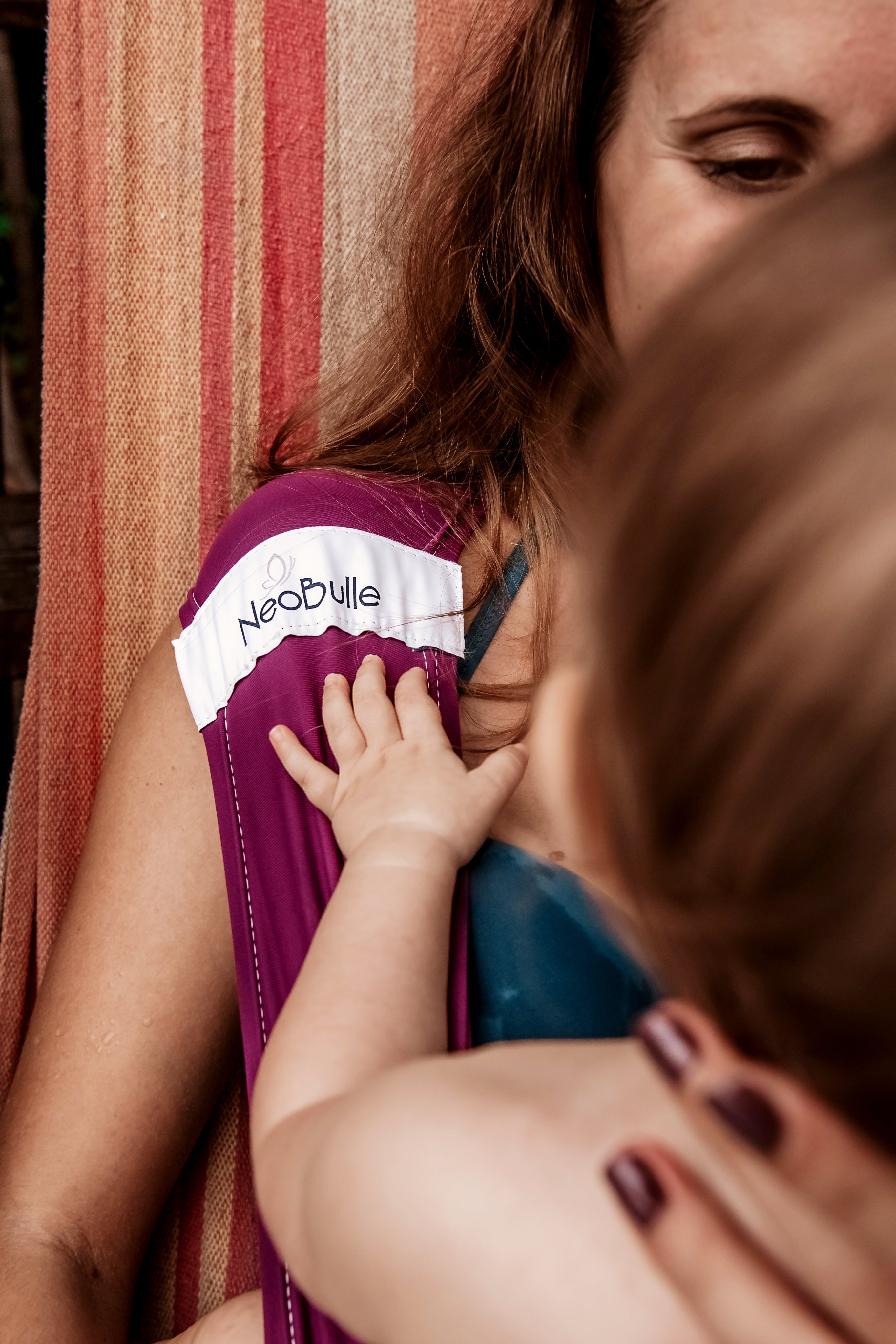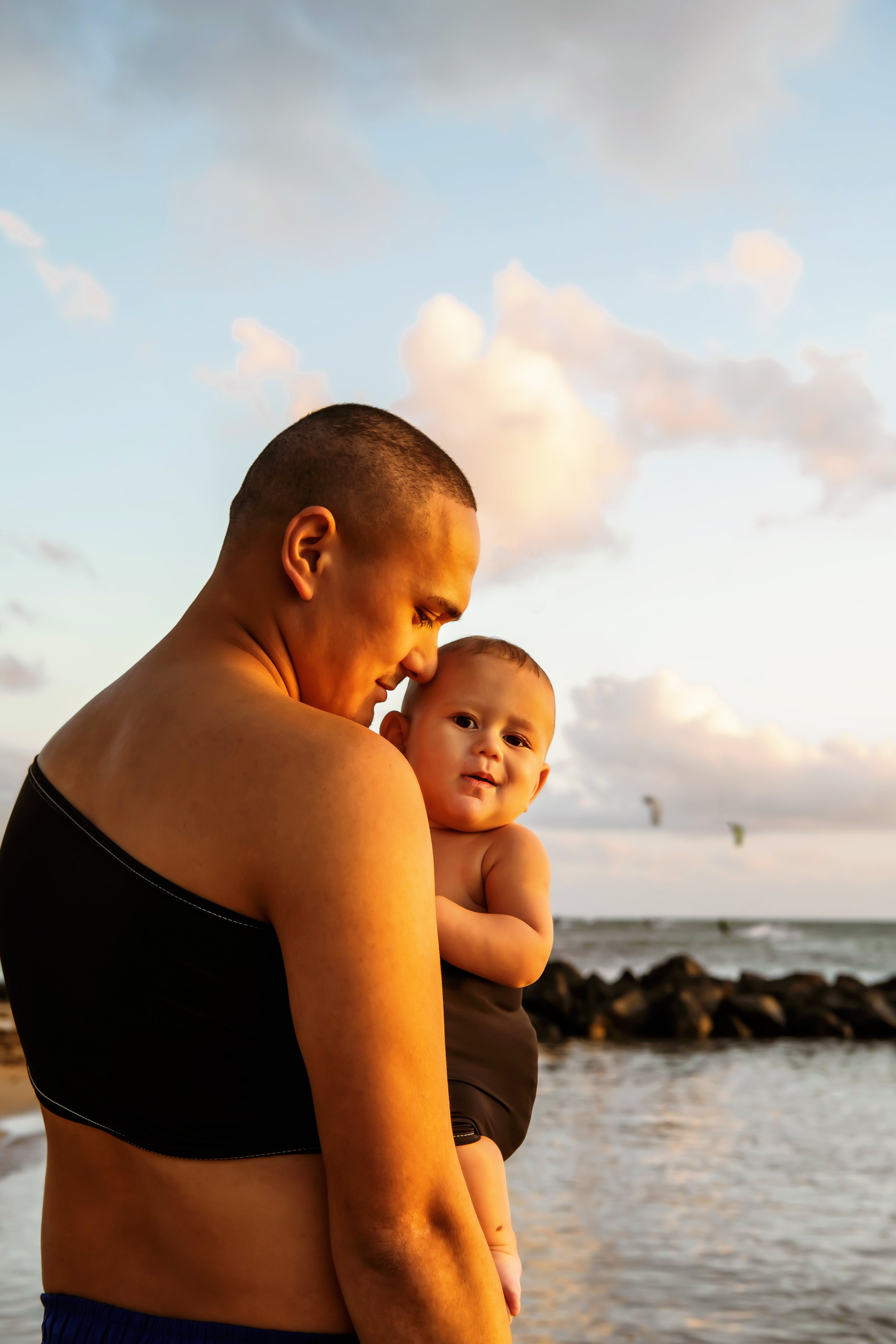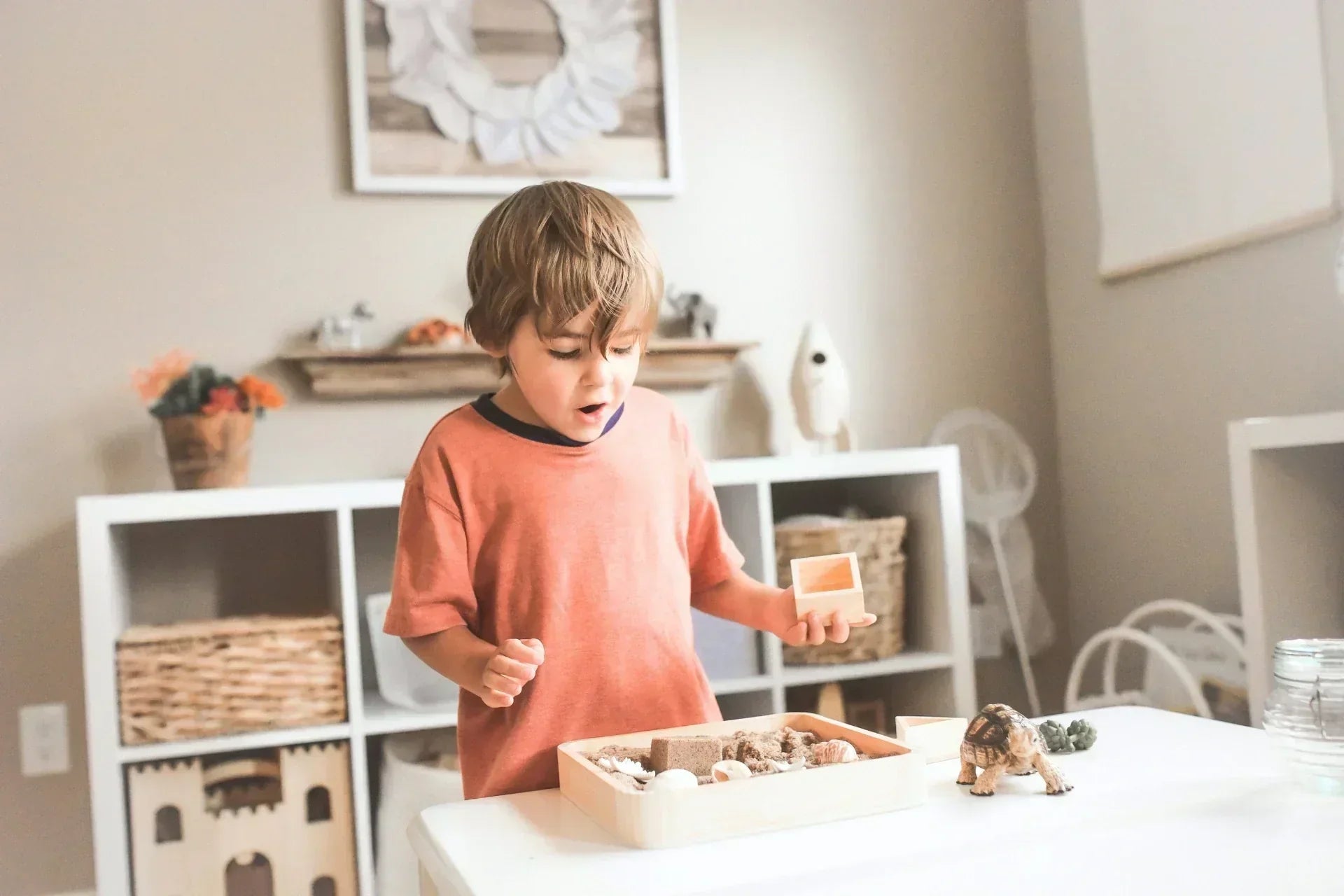The birth of a baby is an emotional and physical moment of rare intensity. How can one not be amazed and astonished to have succeeded in creating such a perfect little being?
He is finally here, in our arms. So tiny. After the tsunami of his arrival has passed, it is still common to suddenly ask a billion questions. Doubt sets in, insidiously. Will I be up to the task? Will I succeed in taking care of him?
Which young parent has not felt suddenly crushed by the awareness of the responsibility that falls on them? Responsibility greatly amplified by the societal expectations to do well.
Carrying is an excellent revealer of everything that can happen around parenting in terms of involvement and fear of doing wrong.
Everyone carries.
Yes, yes!
When we talk about carrying, we often imagine a baby carrier, but in reality, the first and main carrying in everyday life is done by holding in the arms! Each parent has one or two functional arms, and every baby, at some point or another, needs to be handled, if only to be changed, everyone does it…
Then indeed, various tools have been proposed throughout the evolution of the human species, initially rudimentary and increasingly refined. Depending on cultures and traditions, carrying a child can be encouraged, essential, or on the contrary poorly perceived or even discouraged. Sometimes carried swaddled, sometimes not, in more upright or more curled positions, vertical or horizontal, and so on…
As soon as you search for information about carrying on the internet, it’s panic!
You need to carry physically, with a sling, but beware if the knot is poorly tied, it’s bad for the baby, and if he’s dressed in footed pajamas, no, really, that’s not good… A non-physio baby carrier? But what an horror, it will ruin his spine…
Among all this, let’s not forget the famous advice from Aunt Cunegonde, who reminds us that in her time, they didn’t bother with all this, and anyway, they didn’t die from it… and moreover, it will make a spoiled, arm-carrying baby.
So, what do we do with babychou?
Well, it depends… Primarily on him. Because let’s not forget that he is still the main interested party! Babies all have their own needs; some will love from the start having their little space and splashing on their mat, others, on the contrary, will only calm down when constantly carried by their parents.
Neither of the two situations is abnormal, and especially in cases where the child needs more carrying than average, keep in mind that it won’t last forever.
We don't know any 15-year-olds in good health who are still carried or pushed around. Birth remains a challenging stage for the newborn who comes from a very contained environment, where they floated in zero gravity in a liquid filtering most stimuli, and where they knew neither hunger, nor discomfort, nor pain. Some need a bit more time than others to acclimate and ask to be a bit more supported. On average, we observe that by around 3 months, most have passed this milestone and are starting to demand to go to the ground.

And what about the parent then?
Everyone also needs to find their balance in their relationship with the baby. Sometimes it's easier not to question oneself and to respond to the child's needs without thinking, knowing that it will pass. Sometimes it's more complicated to live through and we negotiate with them to find common ground, a compromise... In both cases, there is no rule. No "better" way. The ideal is always to do what suits us and to observe our child. And to accept that needs and responses can vary from day to day because we are not machines (and too bad for Aunt Cunegonde's good advice)!
And what do we carry the baby in?
Continuing along the same lines, flexibility is key. No study to date has demonstrated increased risks of injuries or malformations related to a so-called "non-physiological" carrying method practiced with a baby who has no underlying pathology. We recommend opting for physiological carrying for comfort reasons, but that's all.
The perfect carry does not exist in real life, the only rules to follow are safety rules: carry the baby vertically, with clear airways, and ensuring they won't fall. These are the first objectives to achieve when carrying your little one; the rest is just a matter of comfort. We remind you that behind a pretty photo, there are sometimes many attempts and hundreds of other failed shots!
As for baby clothes, it's a matter of common sense: soft and comfortable clothes (who would take a nap in a wedding dress or do yoga in skinny jeans? No one? Then the same applies to baby, ditch the frilly dress and tight pants). And if the pajamas start to be too short and pull on the feet, just change to a bigger size.
In short,
it's about bringing simplicity back into the equation. Does the baby need to be carried? Let's carry them, as much as necessary for everyone to be satisfied.
Does the baby prefer to be laid down? Let's lay them down.
The tool suits us and makes our life easier? As long as it respects safety, everything is perfect.
Being a parent is undoubtedly the most complex task of our lives, the one that will crystallize all our energy, all our thoughts, and above all our anxieties, for many (decades) years. It is always easy to criticize and judge others' ways of doing things, and whatever we do with our children, it will never be enough! So as long as we are going to mess up, might as well do it wholeheartedly with something that seemed right to us. And incidentally, to build oneself with perfect parents, but what pressure for our children!

Carrying in a sling is above all the pleasure of contact with your little one, creating an indestructible bond. No matter the tool or the beauty of the gesture, no one will judge anyone for how well they manage to use a wrap! What matters are the desire, the needs, and that it helps facilitate daily life by reducing tears.





